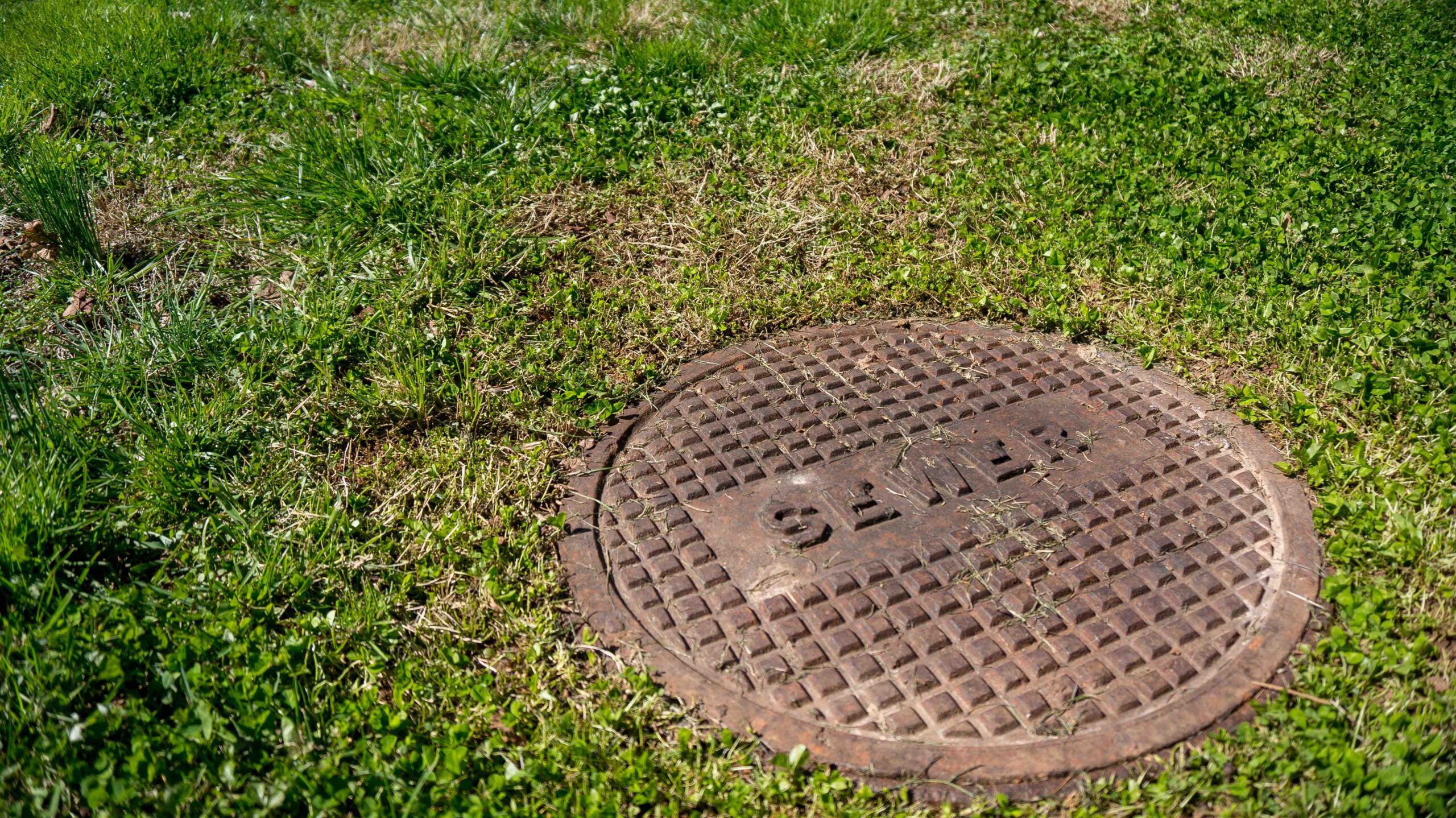Several methods of containing the COVID-19 spread have made their way into the public eye: contact tracing, individual testing, and mask mandates. However, wastewater pretreatment specialist Britney Carson and her team in northern Kentucky’s Sanitation District No. 1 (SD1) are trying something different: turning sewers into “watchdogs” for the virus.
COVID-19 is caused by the virus SARS-CoV-2. Scientists discovered earlier this year that a person can have genetic material from SARS-CoV-2 in their stool (fecal matter) up to a week before testing positive for COVID-19. Waste from up to hundreds of thousands of people can flow through just one sewershed, and each site in the sewershed serves certain populations. Experts like Carson can use this information to monitor the virus’ genetic material in different regions’ wastewater, and isolate specific populations when their sewers reaches a certain level, even before people begin showing symptoms.
Introduced earlier this year, SD1’s wastewater monitoring program uses machines called autosamplers stationed at manholes across the northern Kentucky border to collect sewage samples every half hour for 24 hours. The autosamplers store the samples until a program member arrives to take them to a lab for processing.
Image Source: DarioEgidi
While the program is still too young to impact overall public health decisions, there is evidence that a detection system like this is functional on a small scale. Because the University of Arizona manages its own central sewage system, the campus successfully installed viral material sensors for each of its dorms earlier this year. These sensors have allowed the university to isolate just a few cases in a dorm of 500 students and prevent a potentially larger outbreak. Other schools such as Utah State University are adopting the same practice.
Unfortunately, the road to standardizing and upscaling wastewater monitoring systems for the entire country is not so straightforward. Upscaling requires millions of dollars that most local governments do not have. These systems could get funding once it is proven workable as a cheap public health tool, but they cannot work toward that goal without the necessary funding first. Even budgeting that allows wastewater monitoring ventures to function is limited. The Louisville area, where SD1’s program is located, received $3 million through the Coronavirus Aid, Relief, and Economic Security (CARES) Act, yet wastewater monitoring is on track to deplete those funds by the end of the year.
Image Source: Portra
The obstacles ahead for SD1 and other wastewater monitoring efforts seem daunting, perhaps even rendering such programs futile considering the rapidly climbing number of U.S. COVID-19 cases. But as the country surpassed 10 million total cases in November, making the U.S. the highest of all countries, exploring all possible venues of containing the spread becomes even more crucial than ever before.
Feature Image Source: © Richard / Adobe Stock.










